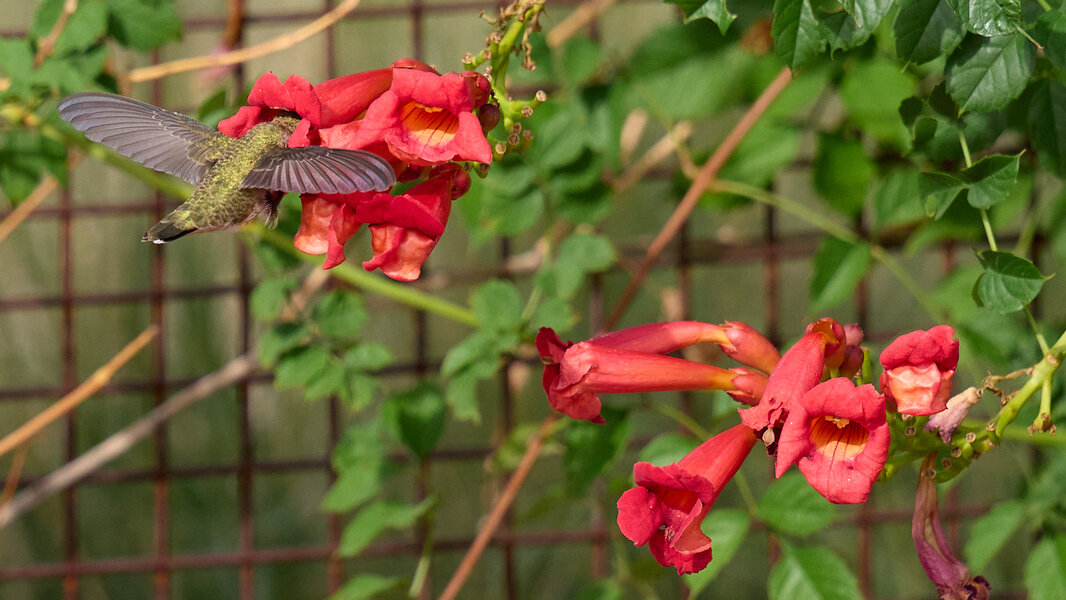Thanks for the comments, and I must say I hadn't thought about these diffraction issues (probably too used to the "very limited" capabilities of medium formats (X1D, X2D, H5-D60 CCD, etc.).
I'll opt for the 1.4x then.
Now that I'm getting the 500mm (maybe tomorrow), I'm going to be excited, as I don't have an L-mount camera at the moment (I sold the SL2S a long time ago).
S1II vs. S1RII ?!?!
I'm fascinated by the performance of the recent Lumix S1II and S1RII (reviews), and I'm really hesitant...
There are two of us who photograph and film: my wife (mainly M11 + iPhone for video) and I (currently mainly X1DII, having sold our X2D before it was depreciated with the upcoming arrival of the X2DII, and nothing at all for video). We enjoy subjects such as "the street," "the landscapes," and I'm waiting for the 500 to get back into action and wildlife photography, especially on hikes.
The capabilities of the S1II (high ISO in photo and video, AF, etc., innovative semi-stacked sensor) and those of the S1RII (resolution, but we already have the M11, 8K in video, cropping capabilities, etc.) are jostling around in my poor head, and I change my mind several times a day .
.
We would like to know if any experiences with these two cameras with Leica M lenses (18mm, 28mm 5.6 vintage, 35mm F2 apo, etc.) could be shared...
Thanks in advance and congratulations again for this Forum (the emails that notify replies, the fluidity: a dream!)
I'll opt for the 1.4x then.
Now that I'm getting the 500mm (maybe tomorrow), I'm going to be excited, as I don't have an L-mount camera at the moment (I sold the SL2S a long time ago).
S1II vs. S1RII ?!?!
I'm fascinated by the performance of the recent Lumix S1II and S1RII (reviews), and I'm really hesitant...
There are two of us who photograph and film: my wife (mainly M11 + iPhone for video) and I (currently mainly X1DII, having sold our X2D before it was depreciated with the upcoming arrival of the X2DII, and nothing at all for video). We enjoy subjects such as "the street," "the landscapes," and I'm waiting for the 500 to get back into action and wildlife photography, especially on hikes.
The capabilities of the S1II (high ISO in photo and video, AF, etc., innovative semi-stacked sensor) and those of the S1RII (resolution, but we already have the M11, 8K in video, cropping capabilities, etc.) are jostling around in my poor head, and I change my mind several times a day
We would like to know if any experiences with these two cameras with Leica M lenses (18mm, 28mm 5.6 vintage, 35mm F2 apo, etc.) could be shared...
Thanks in advance and congratulations again for this Forum (the emails that notify replies, the fluidity: a dream!)
